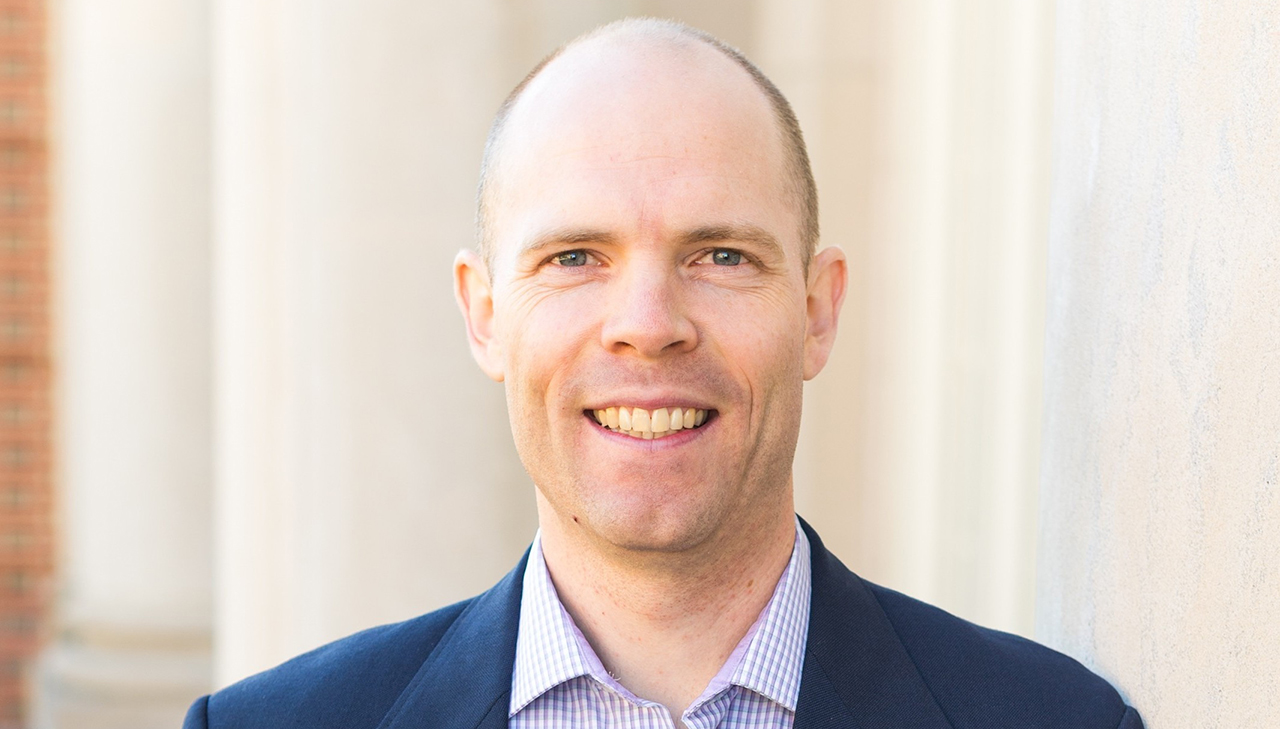|
There are at least three changes I would advocate.
First, as our research notes, there is little in the way of transparency into how
each state or territory selects OZs. Once the basic requirements are followed, there
is no way to know why one area was designated as an OZ while another, seemingly equally
needy area, was not. As the NPR article points out, there are issues with using the
average income of residents as a primary OZ selection criterion. It isn’t that cut
and dried. For example, a good many OZs encompass college towns where the average
income of residents, i.e., the students living there, is very low. Developments in
these OZs compete for investment dollars against other areas with similar below-the-poverty-line
income levels, but which are, in reality, more representative of truly distressed
communities.
Second, some determination needs to be made regarding the eligibility of investment
projects already planned pre-OZ designation vs. those now being considered as a result
of the legislation – new greenfield investments need to take priority over existing
projects that may already have adequate funding. Specific provisions should be made
that offer more promising financial advantages for new projects vs. those already
planned.
Third – and perhaps most importantly – the relative value created by potential qualifying
investments from an ongoing job creation and local community impact need to be considered
and rewarded appropriately. Job creation is cited as a critical objective, yet the
terms of current OZ legislation don’t specifically require this.
One way to remedy this deficiency would be to use a sliding scale of tax benefits
to investors based on the type of entity created through OZ legislation – a minimum
tax benefit for simply investing in the OZ, a higher tax benefit awarded for investments
in projects that create long-term local employment and even greater benefits for those
that both create long-term local employment as well as provide access to services
most needed in these distressed communities.
Bottom line, while OZs represent an admirable attempt to spur developments in distressed
communities, the relatively loose requirements, and generous investment terms and
lack of transparency of key aspects of the law itself too often favor the returns
of wealthy investors over the returns to the residents of those communities themselves.
|

 Degrees & Programs
Degrees & Programs
 Faculty & Staff
Faculty & Staff
 Career Development
Career Development
 Recruiters & Industry
Recruiters & Industry

 A recent
A recent 

